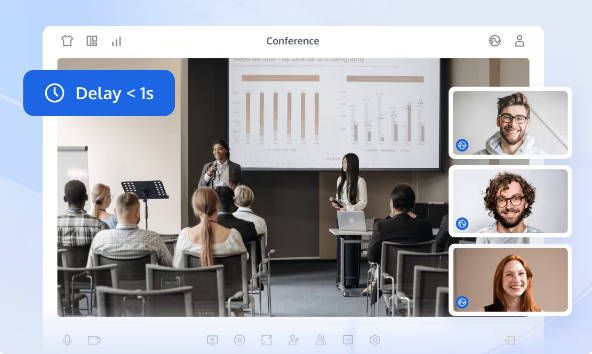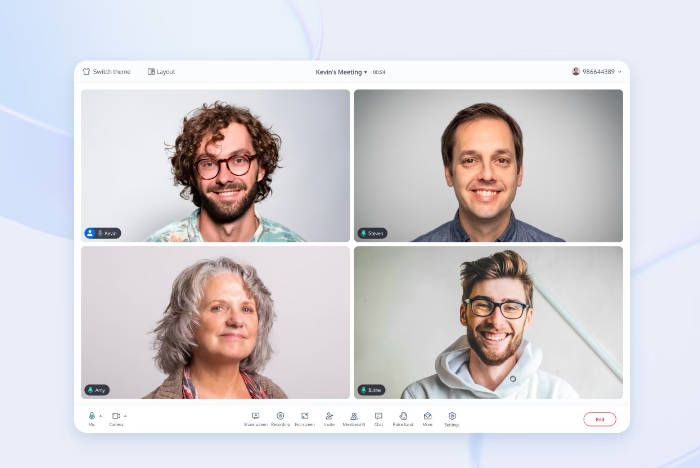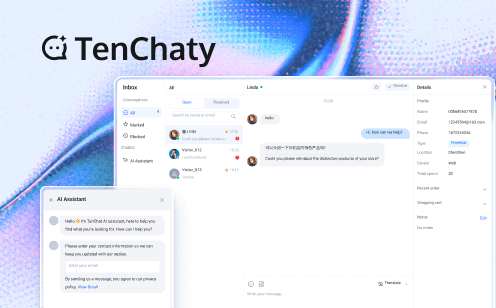Converting audio to text has become increasingly accessible, enabling users to live dictate computer audio to text with impressive accuracy. This shift enhances productivity in various fields, from content creation to transcription services. The integration of advanced speech recognition technology facilitates a smoother workflow, allowing professionals to focus on their core tasks without the hassle of manual typing. This article covers the benefits of using audio-to-text solutions, main methods, and detailed instructions for streamlining your workflow.

What Is Live Dictation?
Live dictation is a feature that allows spoken words to be transcribed into written text in real time. Using voice recognition technology, it converts speech directly into text on a screen, making it convenient for people who want to document their thoughts, take notes, or create content without typing. This feature is commonly found in smartphones, tablets, and computers and is especially useful in situations where typing is inconvenient or inefficient, such as during meetings, lectures, or while multitasking.
Main Methods of Transcribing Audio to Text
Transcribing audio to text involves various methods, each suited to different needs and contexts. By exploring these main techniques, you can identify the most effective approach for accurate and efficient transcription in any situation.
Automated Transcription Software
Automated transcription software uses advanced algorithms and artificial intelligence to convert audio files into text quickly. These tools analyze audio patterns, recognize speech, and generate written transcripts with varying levels of accuracy. While they offer speed and efficiency, the quality of the output can depend on factors such as audio clarity, speaker accents, and background noise.
Human Transcription Services
Human transcription services involve skilled transcribers who listen to audio recordings and manually type out the dialogue. This method is often preferred for its high accuracy, as human transcribers can understand nuances, contextual meanings, and dialects that automated software may struggle with. While this process is generally slower than automated methods, the resulting transcripts are more reliable for complex materials such as legal documents or interviews.
Hybrid Approaches
Hybrid approaches to transcription combine automated tools and human expertise to achieve optimal results. In this method, automated transcription software generates an initial draft, which is then refined and corrected by human transcribers. This strategy leverages the speed of automation while ensuring the accuracy and context are maintained through human review. Many organizations find this approach particularly effective for managing larger projects that require both efficiency and quality.
Benefits of Converting Audio to Text
Converting audio to text offers a range of advantages that improve accessibility, productivity, and data management. One major benefit is enhanced accessibility for individuals with hearing impairments or those in environments where listening isn't feasible. By providing text versions, you cater to a wider audience, ensuring that your content can be consumed by everyone.
Another advantage is improved searchability and organization. Text files are easier to search through compared to audio, enabling users to find specific information quickly. This also helps businesses and individuals when analyzing and referencing key points without needing to listen through entire recordings.
One standout solution is Tencent’s Versatile Collaborative Audio-visual Interactions. This feature significantly improves conference efficiency by facilitating real-time discussions and capturing critical insights through audio-to-text conversion. Attendees can easily share notes and access comprehensive documentation, ensuring that important information is readily available. By streamlining interactions and promoting inclusivity, this tool fosters a more productive environment for all participants.
Lastly, text transcriptions enhance content creation. For example, podcasts or video content can be repurposed into blogs, articles, or social media posts, extending the content's reach.

How to Dictate Computer Audio to Text in Real Time?
To effectively dictate audio to text in real time, it's crucial to follow a structured approach. This ensures that each step builds on the previous one, leading to a seamless transcription experience.
Step 1: Choose and Install Software
Select a speech recognition tool like Google Docs Voice Typing, Microsoft Dictate, or a third-party app such as Otter.ai or Dragon NaturallySpeaking. Download and install the software if necessary.
Step 2: Set Up Your Microphone
Connect a quality microphone to your computer, or ensure your laptop’s built-in microphone is functioning. Test it by recording a short audio clip to check clarity.
Step 3: Open the Software
Launch your chosen speech recognition software. If using Google Docs, open a new document; for other applications, access the dictation interface.
Step 4: Enable Dictation
In Google Docs, click “Tools” and select “Voice typing.” For other applications, find the “Start Dictation” button to activate transcription.
Step 5: Select Audio Input
Ensure the software is set to use the correct microphone. Check the audio input settings to confirm your microphone is selected.
Step 6: Start Dictating
Begin dictating your audio content clearly and at a moderate pace. The software will transcribe your speech in real time.
Conclusion
In conclusion, the ability to live dictate computer audio to text is transforming how we interact with technology. This feature not only enhances productivity but also makes communication more accessible for everyone. By utilizing this innovative tool, users can streamline their workflow and reduce the time spent on manual typing. Consider incorporating live dictation into your daily routine to maximize efficiency and improve your experience with digital communication.
FAQs
What enables real time transcription of speech to text?
Real-time transcription of speech to text is enabled by advanced technologies like automatic speech recognition (ASR) systems, machine learning algorithms, and natural language processing (NLP). These systems convert spoken language into written text almost instantaneously, often utilizing cloud-based services for enhanced processing power and accuracy.
Is there a free transcribe app?
Yes, there are several free transcription apps available. Popular options include Otter.ai, which offers limited free transcription services, and Google Docs voice typing feature, which can transcribe spoken words in real-time. Additionally, Rev Voice Recorder provides free recording with paid transcription options.
How long does it take to transcribe audio into a text file?
The time required to transcribe audio into a text file depends on several factors, including the length of the audio, the clarity of the speech, and the method used (manual or automated). Generally, manual transcription can take about four to six times the length of the audio, while automated transcription tools might produce results in real-time or within a few minutes.
If you have any questions or need assistance online, our support team is always ready to help. Please feel free to Contact us or join us on Telegram or Discord. For technical problems, you can also get help directly from developers on Stack Overflow.


